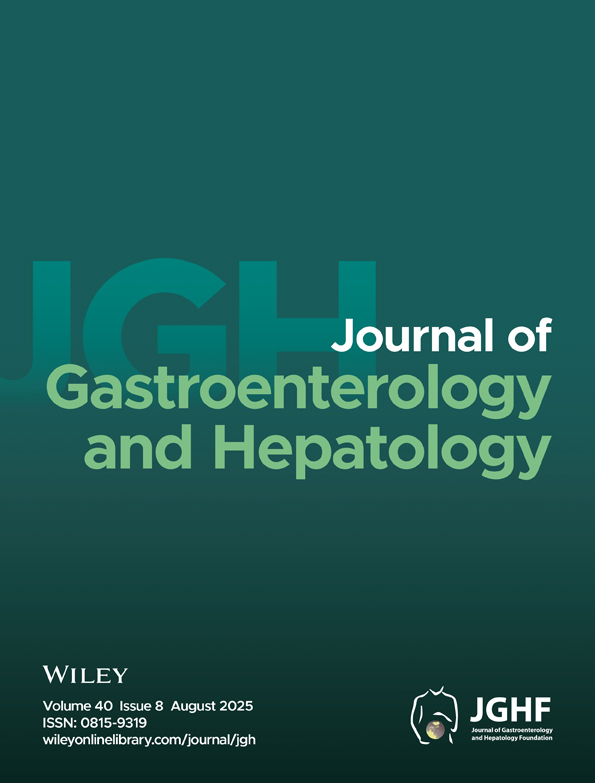Duplex Doppler ultrasound of the ligamentum teres and portal vein: A clinically useful adjunct in the evaluation of patients with known or suspected chronic liver disease or portal hypertension
Abstract
Abstract The prevalence and potential value of the detection of signs of portal hypertension by duplex Doppler ultrasound (DDU) of the ligamentum teres and portal vein in patients with known or suspected chronic liver disease and/or portal hypertension was studied in 136 consecutive patients undergoing clinical assessment including that of liver histopathology. Portal hypertension was considered to be present when any of the following DDU signs, previously demonstrated to be specific for portal hypertension, were present: an enlarged and/or patent para-umbilical vein, portal vein obstruction or hepatofugal flow in the portal vein. Of 123 patients with parenchymal liver disease, eighty-three had cirrhosis and, of these, portal hypertension was detected on DDU criteria in 86% of alcoholic cirrhotics and 67% of non-alcoholic cirrhotics. Of the 42 patients with non-cirrhotic liver disease, 1 of 7 patients with metastatic liver disease and 3 of 5 patients with alcoholic hepatitis had DDU signs of portal hypertension. Thus, in patients with parenchymal liver disease, DDU had a sensitivity of 73%, specificity of 90% and predictive values of 94 and 62% for positive and negative studies respectively for the detection of cirrhosis. In all 14 patients with portal hypertension secondary to vascular occlusive diseases, DDU examination of the ligamentum teres, portal vein and hepatic vein gave an accurate guide to the site of the occluding lesion. The high positive predictive value of DDU and its ability to aid in localizing the site of increased resistance to flow through the liver suggest that DDU of the ligamentum teres and portal vein is a potentially useful non-invasive adjunct in the assessment of patients with suspected or known liver disease or portal hypertension.




